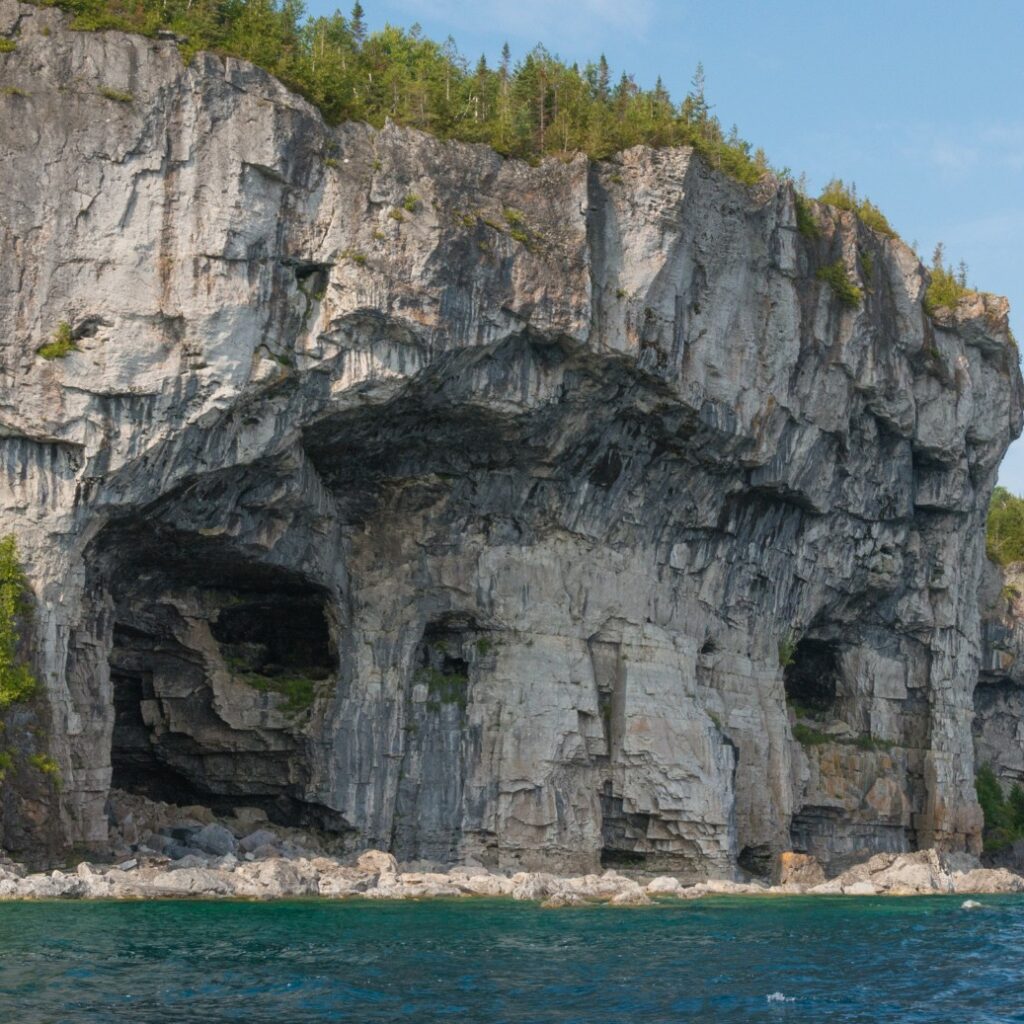
Nature Network Showcase: The Bruce Trail Conservancy — Caring for the Niagara Escarpment
From April 29 to May 2, Nature Canada is joining forces with groups across the country for Nature...

Canada’s wilderness is the world’s envy. It’s our duty to keep our true north strong and green.
Donate